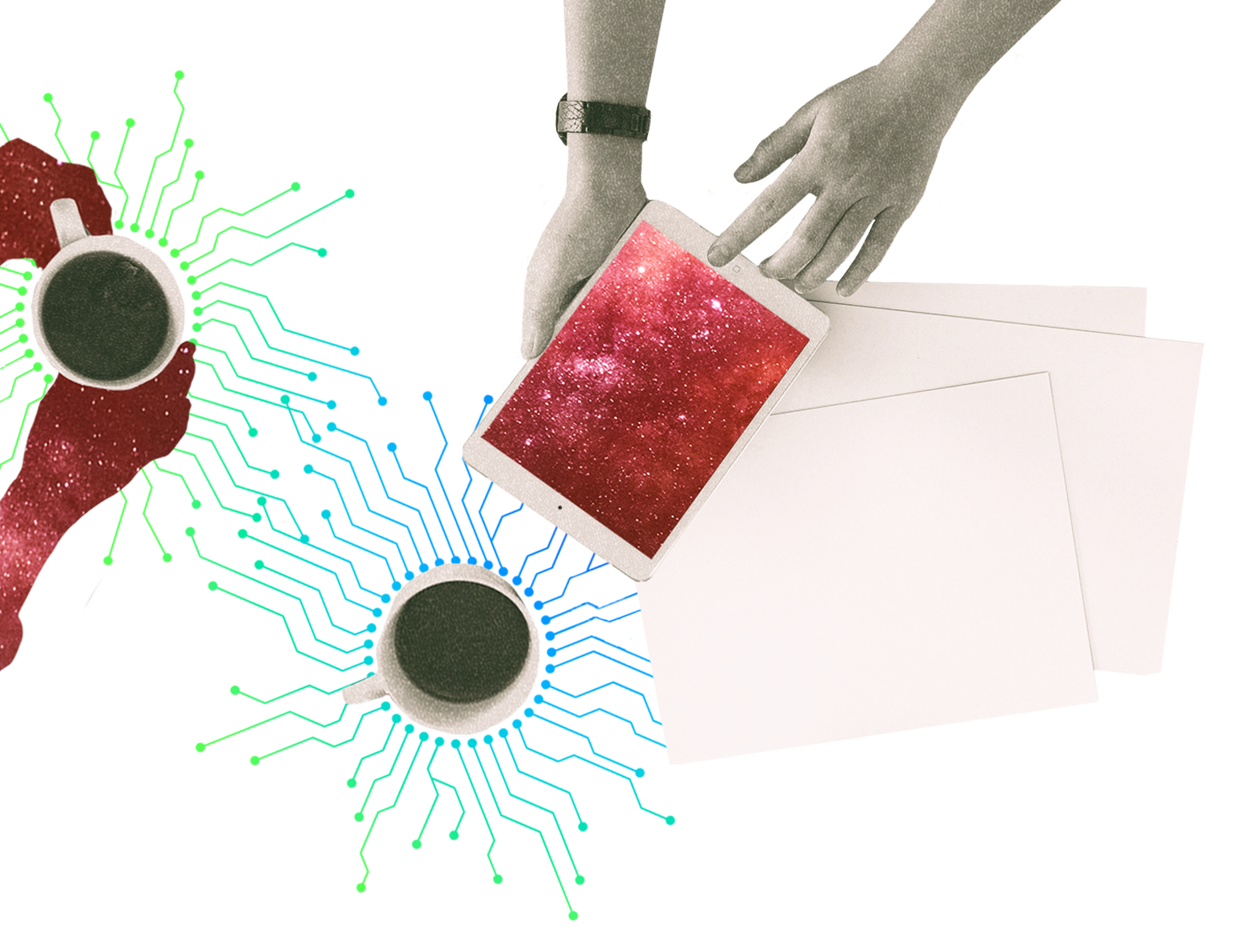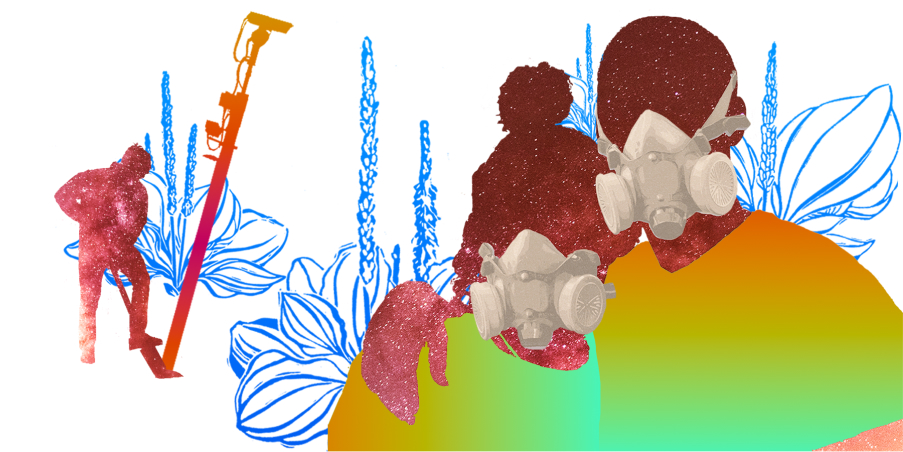Read the full report here.
In 2022, Dr. Patrick Williams (Metropolitan Manchester University) and Eric Kind (AWO) proposed that the Justice, Equity, and Technology (JET) Project mentor Barcelona, London, and Paris-based organizations who were starting to question new police technologies in their locales. This initiative, called Black Data Excavator or BDX, aims to equip groups on the ground with the resources they need to connect their ongoing racial justice work to emerging technological developments in the world of policing.
Why JET? We are a collaborative network-building effort that addresses the impacts of data-driven policing on racialized communities throughout Europe. We embrace a bottom-up approach to demystifying discriminatory technologies, surfacing community actions in the face of such technologies, and strengthening the collaborative capacity of justice and equity organizers working at the intersection of technology governance. So, it made sense to accept the invitation, listen, learn, and build with the BDX cohort in each city.
This report—a survey of police technologies in the Catalan region—is one artifact from our engagements in Barcelona that we wish to share for two reasons. First, the report reflects a process that we think can and should inform how community-oriented tech research is carried out across Europe and elsewhere. BDX was originally conceived as a participatory, collaborative research and organizing effort and had ambitions to emulate the work done by Our Data Bodies in Charlotte, Detroit, and Los Angeles. Typically, participatory research calls on those usually excluded from debate, dialogue, and information gathering to define questions for themselves. But when the object of concern is inherently opaque like high-tech policing, we need a division of labor to help discover problems and define questions whose answers illuminate a path forward.
This report exemplifies this division of labor. When the group in Barcelona said it wanted the vocabulary and know-how to be able to respond to questions arising in meetings or interviews about invisible policing, writing a report made sense for JET to do. What we produced and what follows below details the broad landscape of police technologies and invisible policing practices in the Catalan region. Reviewing drafts between JET and the group, contributing feedback, and posing questions helped us identify and discuss not just how the technology “worked” and who was involved, but also—and more importantly—what mattered to the group and what they could bring back to residents in conversations about policing.
Second, the report contains useful information about the complex configuration of decision making and control over different police technologies. Both the process and the substance of desk research were important, generative, and instructive. The different parts of the police tech governance and the features of the technologies themselves—all of this is insightful for advocates, organizers, journalists, or researchers in Catalunya as well as for others elsewhere wishing to better understand and anticipate political opportunities in the space. In the spirit of BDX, we hope this report will help raise new questions and germinate new political possibilities for action.
Find the full report here (pdf).







